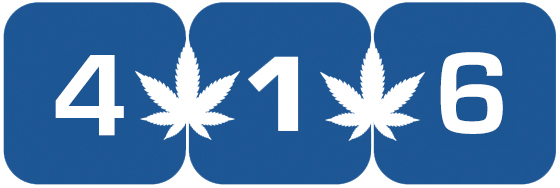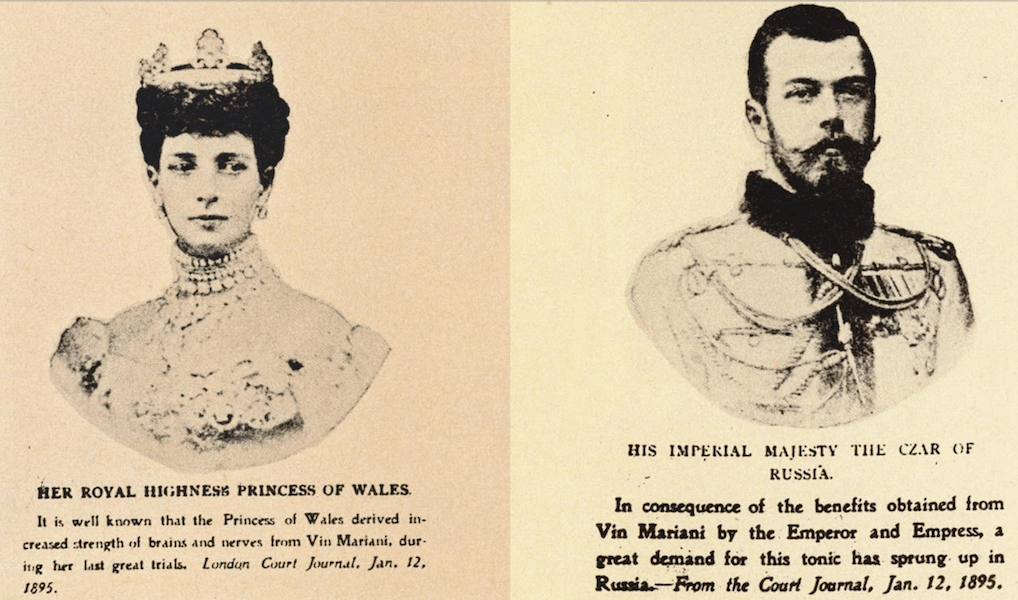Each Friday, we’ll be republishing an article from the High Times archives. This week, we’re bringing you an article by John Groff, published in the August/September, 1975 issue.
Three centuries after the European discovery of coca leaves, their amazing properties were still generally unknown. Then, in 1859, Paola Mantegazza, an eminent Italian neurologist, published “On the Hygienic and Medicinal Coca Virtues of Coca.” This monograph extolled the virtues of coca in the practice of medicine and inspired widespread interest in coca leaves.
By the mid-1860s, Europe and America were deluged with cocaine preparations, and a great social experiment of freely experienced cocaine was under way. By the 1890s coca was enjoying a phenomenal popularity, available everywhere in an astonishing variety of forms: tonics, elixirs, wines, liquors, lozenges, teas, cheroots, and more. The leading figures of the Victorian age — doctors, scientists, churchmen, prominent politicians, artists, singers, composers, even kings and queens — enjoyed coca and publicly endorsed it with enthusiasm. Surely coca was a major stimulant of gaiety in the Gay Nineties.
The man behind this phenomenon was Angelo Mariani, a Parisian pharmacist whose spécialité was an exquisite coca wine called Vin Mariani a la Coca du Perou. Born in 1839 in Corsica, from a long line of physicians and chemists, young Angelo was studying pharmacy in Paris just as the coca fad began. As a student Mariani dreamed of someday creating a great spécialité. Destiny placed in his hands a small brochure on coca. He plunged into experiments mixing coca with alcohol and eventually came up with a “tonic” mixture of fine Bordeaux red wine liberally laced with an extract of carefully selected coca leaves.
Around this time Dr. Charles Fauvel, a noted throat specialist, befriended Mariani. Nearly all of Fauvel’s patients were opera stars, the Nineties’ equivalent of …
Read More
Author: High Times / High Times





